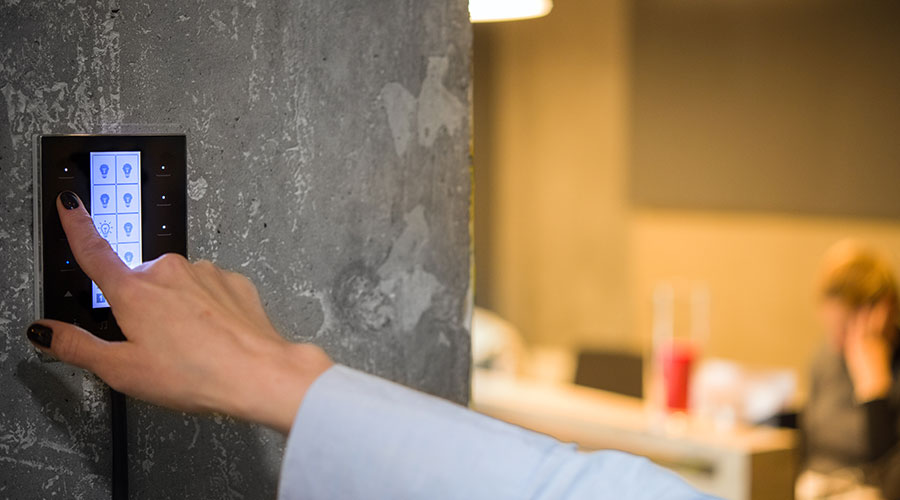Photosensors: What Are Typical Light-Level Ranges?
Photosensors might be limited in the range of light levels they can detect. They perform dusk and dawn lighting control at fewer than 10 footcandles (fc), they control daylit offices at less than 100 fc, and they control atrium spaces at fewer than 1,000 fc. Skylight sensors see up to 10,000 fc of sunlight.
Below are several typical light-level ranges photosensors detect for specific applications:
- 1-500 fc for a photosensor mounted on a ceiling in a space with a window
- 10-5,000 fc for a photosensor mounted in an atrium or skylight
- 100-10,000 fc for a photosensor mounted outside a building.
"Lighting designers should ensure that the range of response of the photosensor matches the light levels likely to be found in the area of installation," says Solayappan Alagappan, design engineer with Philips.
Photosensors: What To Ask
Managers can ensure success when specifying photosensor technology by getting answers to essential questions:
- Is it compatible with the given controller?
- What control method does the system use?
- What is the sensor's spatial response?
- What range of light levels can it detect?
- How accurate is its signal?
- Is it corrected for photopics?
- How far is the installation site from its controller?
- How will technicians commission it?
- How many zones can it support?
- What are the configuration options?
- Can it operate reliably within the given environment — heat, cold, moisture, etc.?
- Do listing or compliance requirements, such as Underwriters Laboratories (UL) or restriction of hazardous substances (ROHS), come into play?
Related Topics:















